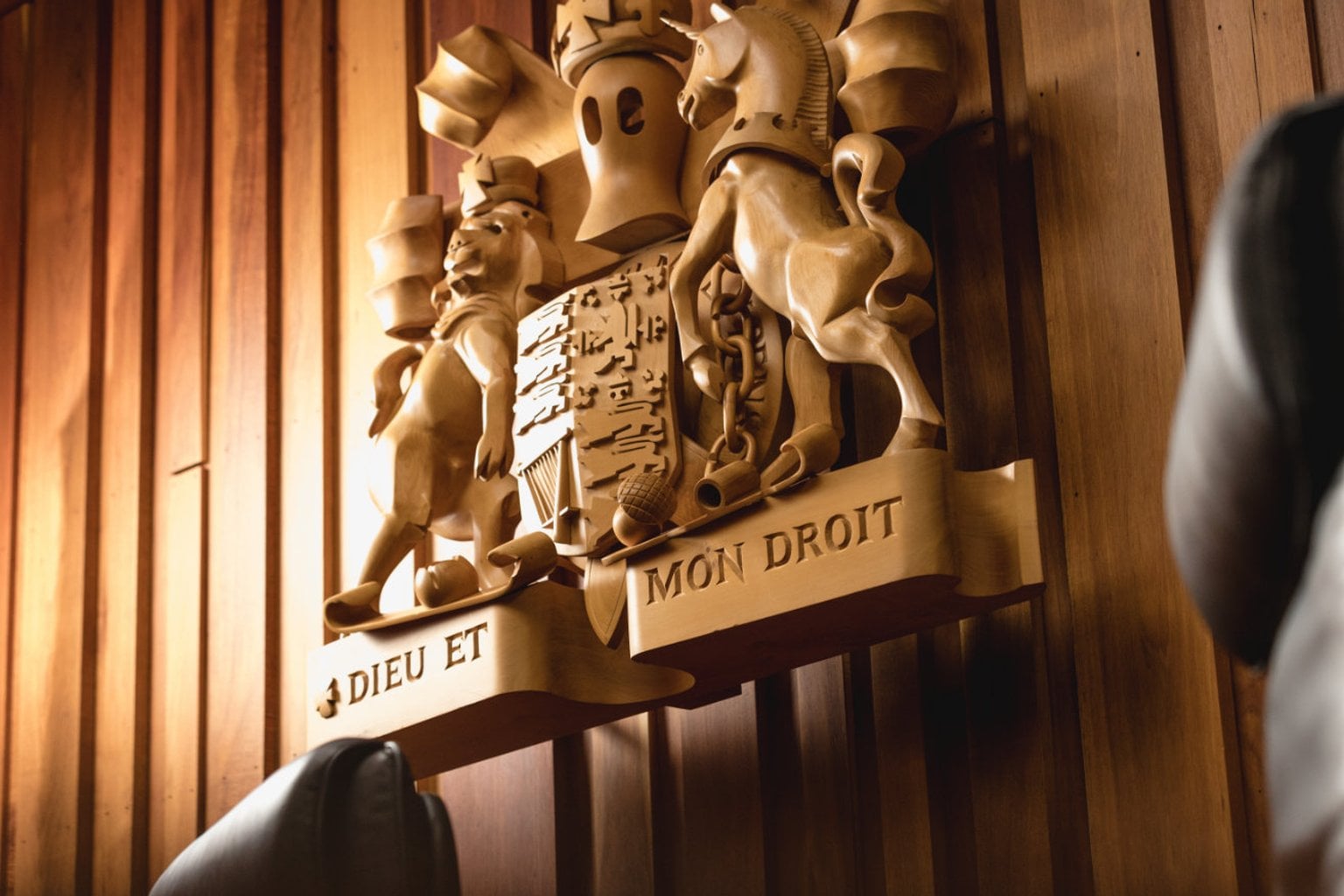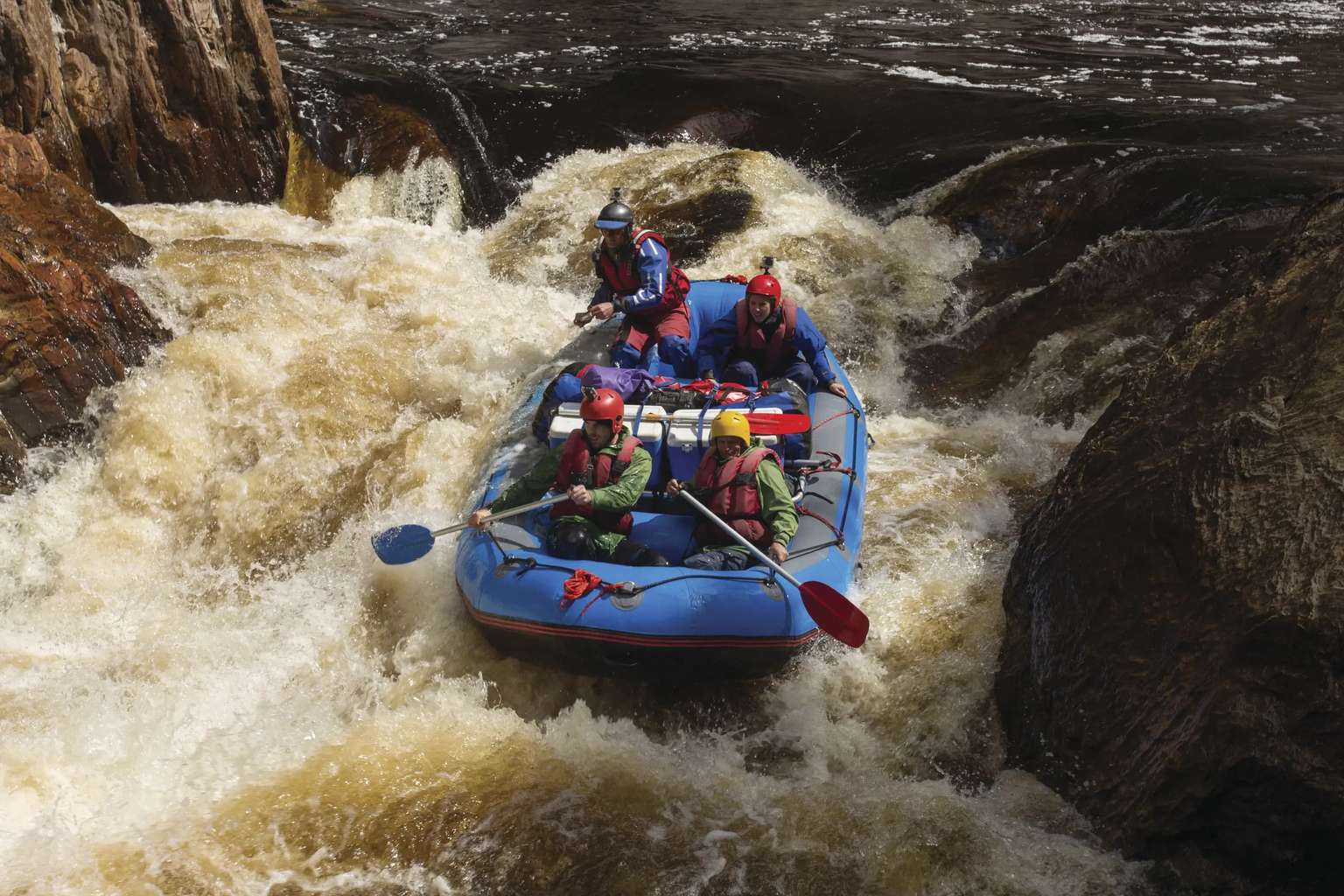Deep waterholes that swallow 4WDs and eroded tracks that test even the most seasoned drivers are set for much-needed repairs, with the state government committing $10 million to revamp some of the West Coast’s most popular off-road destinations.
The ‘West Coast Off-Road Vehicle Strategy’, released late yesterday by Parks Minister Nick Duigan, targets eight priority tracks suffering severe deterioration, including the Sandy Cape Track, Balfour Track and Climies Track.
“The strategy sets out a clear vision for the Arthur-Pieman Conservation Area (APCA) and surrounding West Coast area to be recognised as a destination for challenging off-road adventures, while ensuring natural and cultural values are respected and protected,” Duigan said.
The strategy follows market research showing 3.3 million Australians make up the off-road driving market, with West Coast tracks particularly prized for their rugged challenges and spectacular coastal scenery.

Under the three-year plan, Arthur Beach and Sandy Cape tracks will be tackled first. Major works on Climies Track, the Granville Harbour to Pieman Heads Track and the Montezuma Falls Track are set for the second year.
“This will include assessment and repairs to off-road tracks, identification and mitigation of impacts to cultural heritage and environmental values, planning and campground upgrades and enhanced wayfinding, interpretation and information for off-road experiences in the region,” Duigan said.

The strategy does not propose opening new tracks or reopening previously closed tracks.
Survey results included in the strategy show that 74% of Tasmanian and 71% of mainland off-road drivers consider sustainability to be “very or quite important”, with strong backing for better infrastructure.
The strategy outlines key works such as reinforcing the base of deep, muddy waterholes, fixing badly eroded sections, improving drainage and stabilising sandy tracks using rock where needed.
“For over 60 years, recreational users have used the off-road tracks within the APCA and West Coast of Tasmania to pursue unique and wild, coastal experiences and outdoor driving challenges,” it reads.

“Protecting off-road access to these areas remains a Tasmanian government priority, but it is recognised that without appropriate management and monitoring, off-road driving can impact natural and cultural heritage values, such as through erosion and introduction of weeds and other pathogens.”
“Most of the original off-road tracks are subject to ongoing deterioration meaning users may choose to create unauthorised diversions from the established tracks to avoid major hazards.”
“These diversion tracks, also called braiding, are leading to wider impact on the values and accessibility of the areas.”
Minister Duigan said consultation with stakeholders, including local and Aboriginal communities, will remain a key part of the strategy as it rolls out over the next three years.







